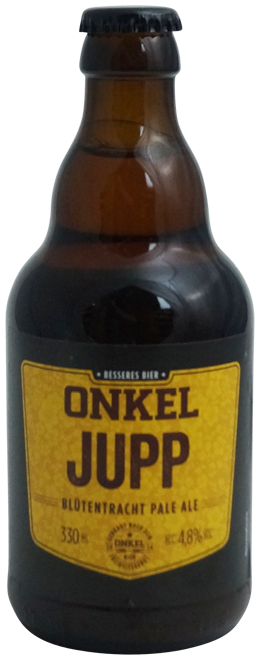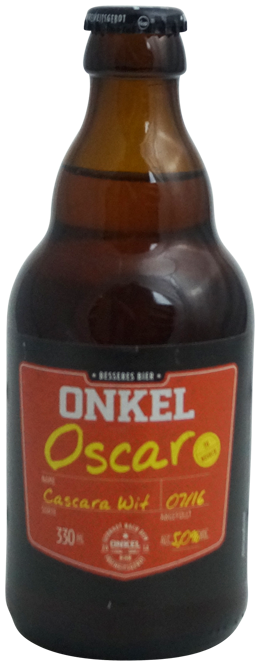Description
My adventures as a brewer started with the innocent newspaper advertisement of a dealer for hobby brewing needs. I have always had an intimate relationship with food and now I was promised to be able to make my own beer with little effort - great. Following this promise, I made my way to the northern Ruhr area a few days later to buy the necessary brewing accessories and my first beer kit - a hoppy Altbier. I would like to report that my first attempts at brewing were successful, but unfortunately the beginning was rather bumpy. The beer kit used was more like a glorified bag soup: thickened, taste-rather dubious malt extract should be spread with table sugar and instead of boiling the wort with aromatic hops, the mixture was prepared cold in a yellow plastic bucket and only inoculated with a hop distillate. The end result was as far from an old beer as Spain from defending the World Cup. The roasted aromas and the hop aroma that are otherwise so typical of this style were missing, it tasted "sprittig" and had practically no carbon dioxide due to an error in the filling. Despite these mistakes, some of my friends struggled with me through the first box of home-brewed beer. I still count this achievement on them today - only true friends would not have cut their sails after the first sip ... Things are improving Over the coming years, I have steadily developed my theoretical and practical skills as a brewer. I have devoured every book on brewing history and brewing techniques and exploited the ever-increasing range of online resources on this topic (for example, "How To Brew" by John Palmer is a good and free start for interested beginners). In addition, the yellow brew bucket gave way to the various brewing systems that I have built over time. It doesn't take much to brew beer in the beginning - in the simplest case, slightly modified kitchen equipment is enough. For example, I won my first brewing competition in New York with a farmhouse ale that I brewed in a 1.5 square meter kitchen with an oversized saucepan - not the most relaxed brewing day, but it worked. The beer was fermented in the bedroom (= coldest room in the apartment). Once you get used to it, the melodic bubbling of the fermentation bung has something enormously soothing and ensures relaxed sleep for the brewer (my wife is very understanding). Together with my own skills, my brewing system has also developed further, so that I have now built the digitally controlled system shown above, with which I can simulate most modern brewing processes on a small scale and thus develop the recipes for the new Uncle beers. In addition, the temperature of the fermentation is also precisely controlled and I no longer have to rely on the temperature in my apartment. The results of the brewing process are now monitored in my simple private laboratory (formerly kitchen and yes my wife is really VERY understanding), so that the results can subsequently be implemented as successfully as possible. Despite some setbacks at the beginning, I can definitely recommend trying beer brewing to anyone who is interested in good beer. The range of accessories and ingredients in the various online shops is now very wide and high-quality and the resources that are available through blogs, forums and books offer very good help for beginners. Regardless of whether you turn your passion for food into a job or not - producing a product yourself always has something fulfilling in the end. In any case, by dealing with the ingredients and the manufacturing process, you learn to appreciate an everyday product again, and also to distinguish bad beer from good beer.









